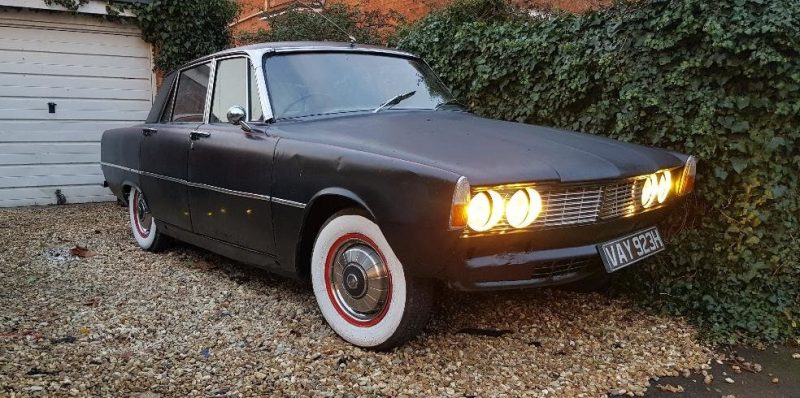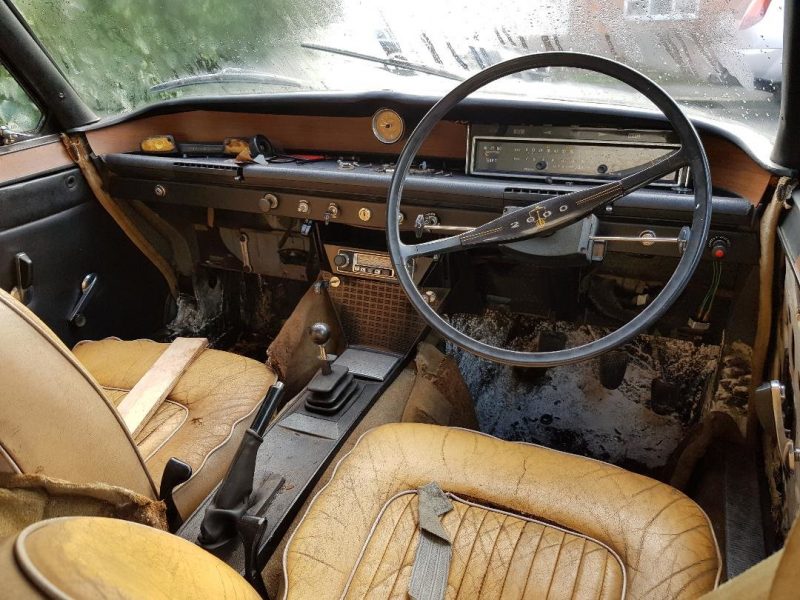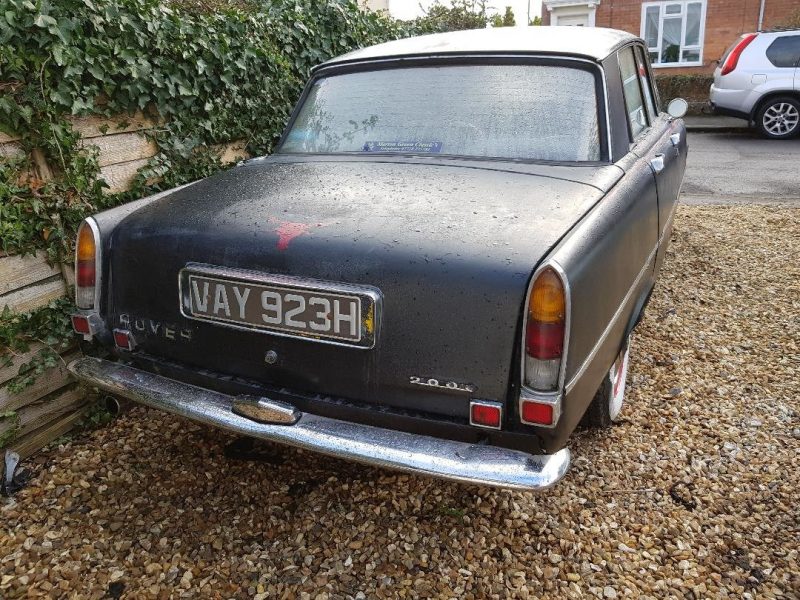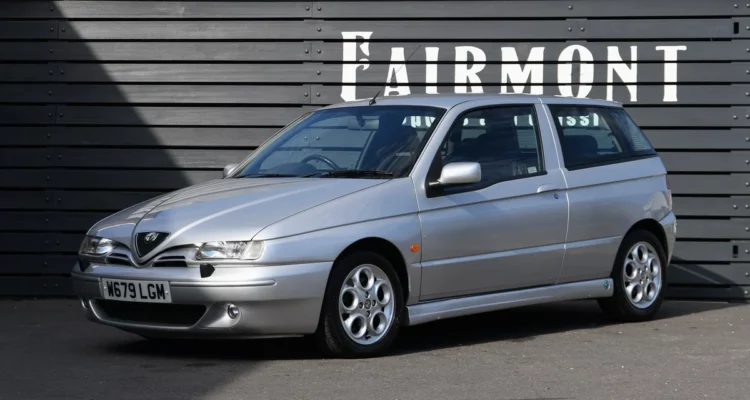1969 Rover 2000SC – Project Profile
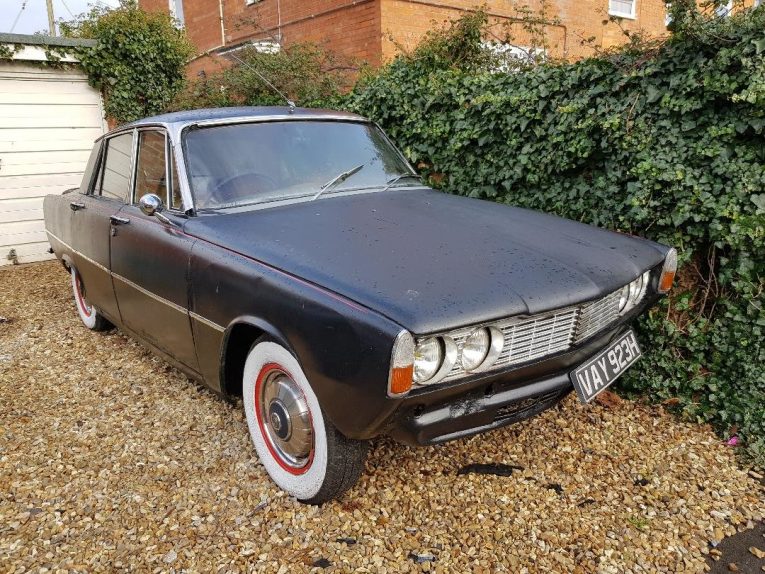
Some cars spring into existence and call it a day. Others pop up and in doing so, shake the automotive world up for the better. The Rover P6 is a car that subscribes to the latter. When this car was unveiled in 1963, it was like nothing else before it. The striking, imposing lines gave it the kind of presence other cars could only dream of. The build, fit and finish served as a reminder of just how good Rover could be, and the range of engines made sure there was a P6 to suit everybody. It was a revolutionary car, thanks in no small part to being one of the earliest examples of what we now know as an executive car. It was clever, too, with a monocoque construction on which the body panels were affixed – like the Citroën DS. It had all-wheel disc brakes (inboard on the rear), the front suspension was of a bell crank design, while the rear featured de Dion tube suspension. Rover even planned to fit the car with a gas turbine engine (hence the unusual front suspension, which gave more space in the engine bay). However, this was shelved for more conventional inline and V8 engines.
The Rover P6 is a car that, even today, is a joy to drive. It was class leading back in the 1960s, and it can make some new cars blush in 2021. It still had a modern look about it, it’s safe, it’s practical and if looked after, it’s reliable. It’s also a hugely popular classic, meaning parts and specialists to help keep your P6 on the road are plentiful. It is, in many respects, the perfect classic car.
What is it?
The car we have here is a 1969 2000SC, which makes it one of the last Series 1 cars, meaning a bit more chrome and no ‘egg box’ front grille. The SC in the name denotes that this is a single-carb car. Powered by a sweet-sounding 2.0 inline four mated to an all-synchromesh four-speed manual transmission, it’s no powerhouse, but it should still be able to mix in modern traffic.
Of course, there is some work to be done first. The body needs some attention, the interior is complete but in bits and there are some mechanical issues to overcome, which we’ll go into in a bit. Crucially though, it’s a desirable Series 1 car that seems to be running well and while a bit down at heel, still seems to be full of potential. Plus, at a mere £1,250, it is temptingly cheap.
Why is it a project?
There are many reasons. The most considerable is the fact that the brake servo has apparently failed in recent months. This, of course, means the car needs to be recovered before it hits the road. There is a video of the car though, in which we can hear the 2.0 engine chugging along quite happily. With the exception of the exhaust, which needs to be replaced, it sounds pretty healthy.
The body and interior are perhaps a bit past their best, and as such they need some attention. That said, there seems to be little in the way of corrosion. It’s just poor paint externally, and the interior needs a clean and putting back together. Of course, expect to need new rubbers, fixings and other bits and bobs to do all this.
The vendor states the car was in regular use up until the brake servo gave up the ghost, and thus theoretically could be made roadworthy again without too much work. It could be an excellent rolling restoration.
Five things to look for:
1) Rust
It’s an old Rover, so there is going to be some rust to hunt out. The vendor says it’s pretty solid, but it never hurts to check. Floors, pillars and bulkhead in particular.
2) Engine
The engine seems to be in good health, especially in the video. However, you still need to check it for leaks, look for any oil and water mixing, and check the condition of the carb.
3) Interior
The vendor states the interior, while in bits, is all there. But is it all usable? It’s not going to be hard to find replacement stuff, but even so, it’s nice to have an idea of what you need from the off.
4) Panels
Happily, the body panels of the P6 all bolt on and off, and as such, aren’t structural. So really, you’re checking to see if they’re in a condition you can work with.
5) Leak
The vendor states there is a water leak inside the car, possibly from the heater. But what damage has this done? Are the carpets shot, has it created severe corrosion?
What should you do with it?
It’s probably not worth going down the route of a full restoration on this Rover P6, as the end car wouldn’t be worth enough to justify it. However, classic cars aren’t all about profit and loss, so if you want to do that, go for it.
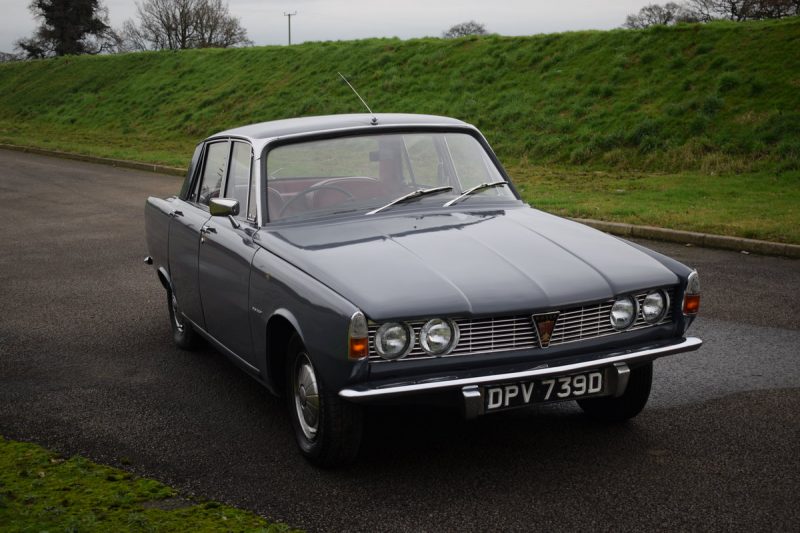
By way of motivation, here’s a restored example…
For us, this Rover P6 is the perfect starter classic for someone who wants to get stuck in and get their hands dirty. The P6 is an absolute joy to work on, meaning a garage and a basic set of tools should be all you need. You could tinker, you could fettle and you learn. There is plenty of support and supply out there for information and parts, and throughout it all, you’ll be the custodian of a cool classic. What’s not to love about that?

